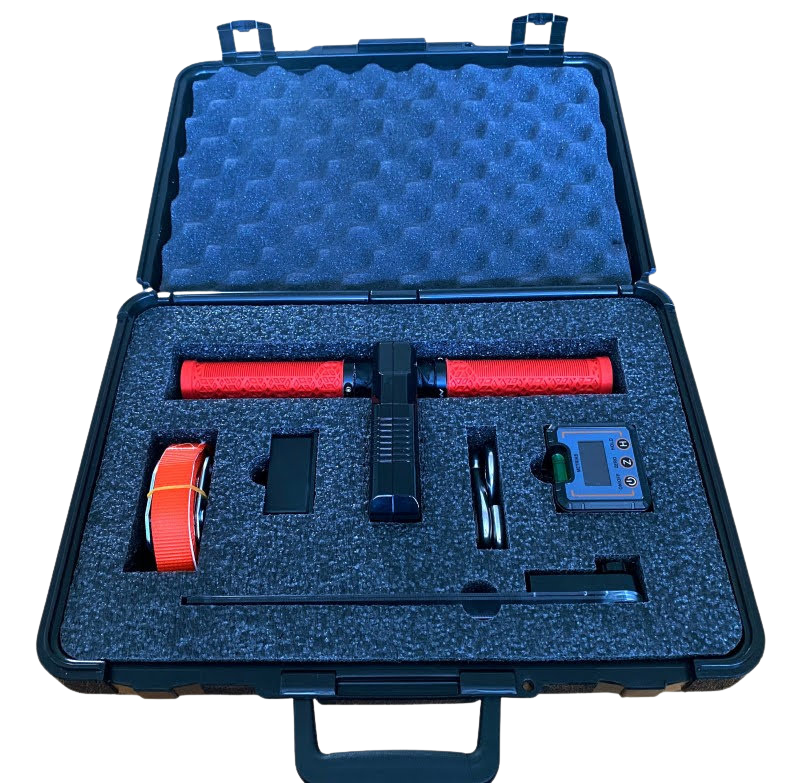
Goniometer versus Inclinometer: What Rehab Pros Need to Know About ROM Testing
Goniometer vs Inclinometer: What Rehab Pros Need to Know About ROM Testing
Both tools work. But they’re not the same.
If you’ve ever tried to measure spinal range of motion with a goniometer, you already know where this is going.
Why the Goniometer Still Matters
The goniometer is a staple in most rehab clinics — and it works well when used correctly.
You line up the fulcrum of the tool with the fulcrum of the joint, use one arm as the zero, and track the other with the moving part.
And voila — you get a range score.
But what do I see all the time in my FCE training courses?
The zero arm drifts.
The moving arm gets all the attention.
Zero is no longer zero.
Now that “80° shoulder flexion” score? It’s not quite so accurate.
Where the Goniometer Falls Short
Let’s be honest — can you really measure spinal range with a goniometer?
Technically yes. Practically? Not well.
Which is why for spine testing — especially in Functional Capacity Evaluations (FCEs) — I prefer the inclinometer.
The Inclinometer Advantage
Here’s how I use it:
-
Zero it out on a flat surface
-
Place it on the top of the head
-
Measure flexion, extension, and side flexion — accurately and quickly
Well... quickly if you remember one key thing:
You have to align the inclinometer with the plane of movement.
Common Mistakes to Avoid
I see two frequent errors with inclinometer use:
-
Wrong side of the device touching the body
– Most tests use the bottom of the device
– But for shoulder flexion, it’s the side that needs to make contact -
Inconsistent placement
– Like any tool, it takes practice
– You need to do reps before the results become fast, objective, and repeatable
When to Choose One Over the Other
Do I still use a goniometer?
Absolutely.
Take cervical rotation — the inclinometer requires the client to be in supine, which isn’t always ideal. With a goniometer, you can get a valid measure in sitting — quicker and often more practical in a busy clinic.
The point isn’t which tool is “better.”
It’s about which joint you’re testing, the position of the client, and what you’re comfortable using with confidence.
Want to sharpen your functional testing skills?
Get trained in using these tools inside a legally-defensible FCE system.
Learn more about Metriks FCE Certification »



